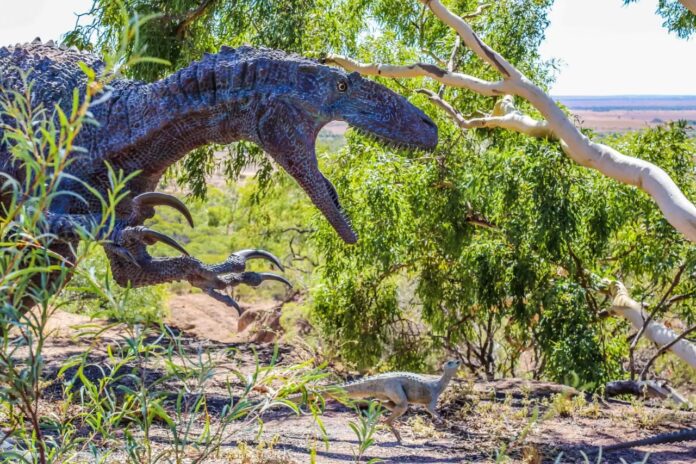In 36-million-year cycles, the shifting of the Earth’s tectonic plates causes sea levels to rise and fall, which in turn causes biodiversity to explode. The evolution of life on Earth has altered considerably over tens of millions of years (Myr). However, the underlying processes of these biotic alterations remain unknown.
Researchers at the University of Sydney showed that geologically driven cycles of sea level change significantly impact the diversity of marine animals stretching back at least 250 million years.
Different ecosystems on continental shelves and shallow oceans expand and contract as water levels rise and decrease, allowing creatures to thrive or die. Scientists have discovered that these alterations cause spurts of new life to develop by researching the fossils record.
The study, published in Proceedings of the National Academy of Sciences, was conducted by Associate Professor Slah Boulila of the Sorbonne University in Paris.
Professor Dietmar Müller of the University of Sydney’s School of Geosciences explains that the 36-million-year cycle marks faster and slower seafloor spreading, resulting in cyclical depth changes in ocean basins and the tectonic transfer of water into the deep Earth. These variations have caused continents to flood and dry out, with periods of large shallow oceans encouraging biodiversity.
The findings call into question prior theories regarding why species change through time. Because of predictable patterns in how tectonic plates are recycled into the convecting mantle, the movable component of the deep Earth that moves slowly, the cycles are 36 million years long.
The Cretaceous Winton Formation in Queensland is a classic illustration of how sea-level variations have changed habitats and influenced biodiversity in Australia.
The formation, famous for its dinosaur fossils and rich opal, offers a valuable glimpse into a time when much of the Australian continent was inundated. Flooding caused expanding and contracting ecological niches in shallow waters as sea levels rose and receded, creating unique homes for a diverse spectrum of organisms.
Professor Müller said, “The Cretaceous Winton Formation stands as a testament to the profound impact of these sea-level changes, capturing a snapshot of a time when Australia’s landscape was transformed, and fascinating creatures roamed the land.”
Journal Reference:
- Slah Boulila, Shanan E. Peters, et al.Earth’s interior dynamics drive marine fossil diversity cycles of tens of millions of years. Proceedings of the National Academy of Sciences.DOI: 10.1073/pnas.2221149120
